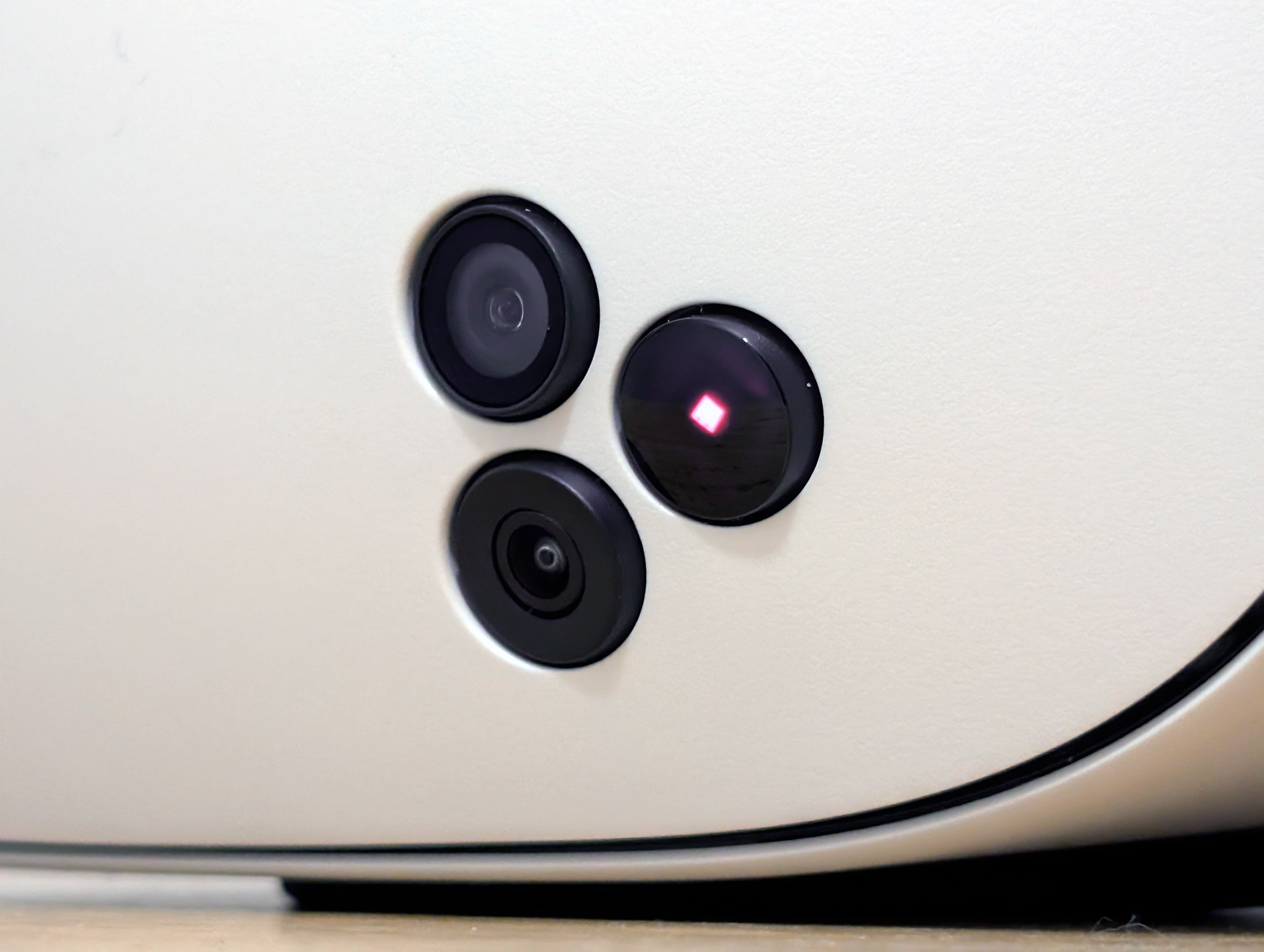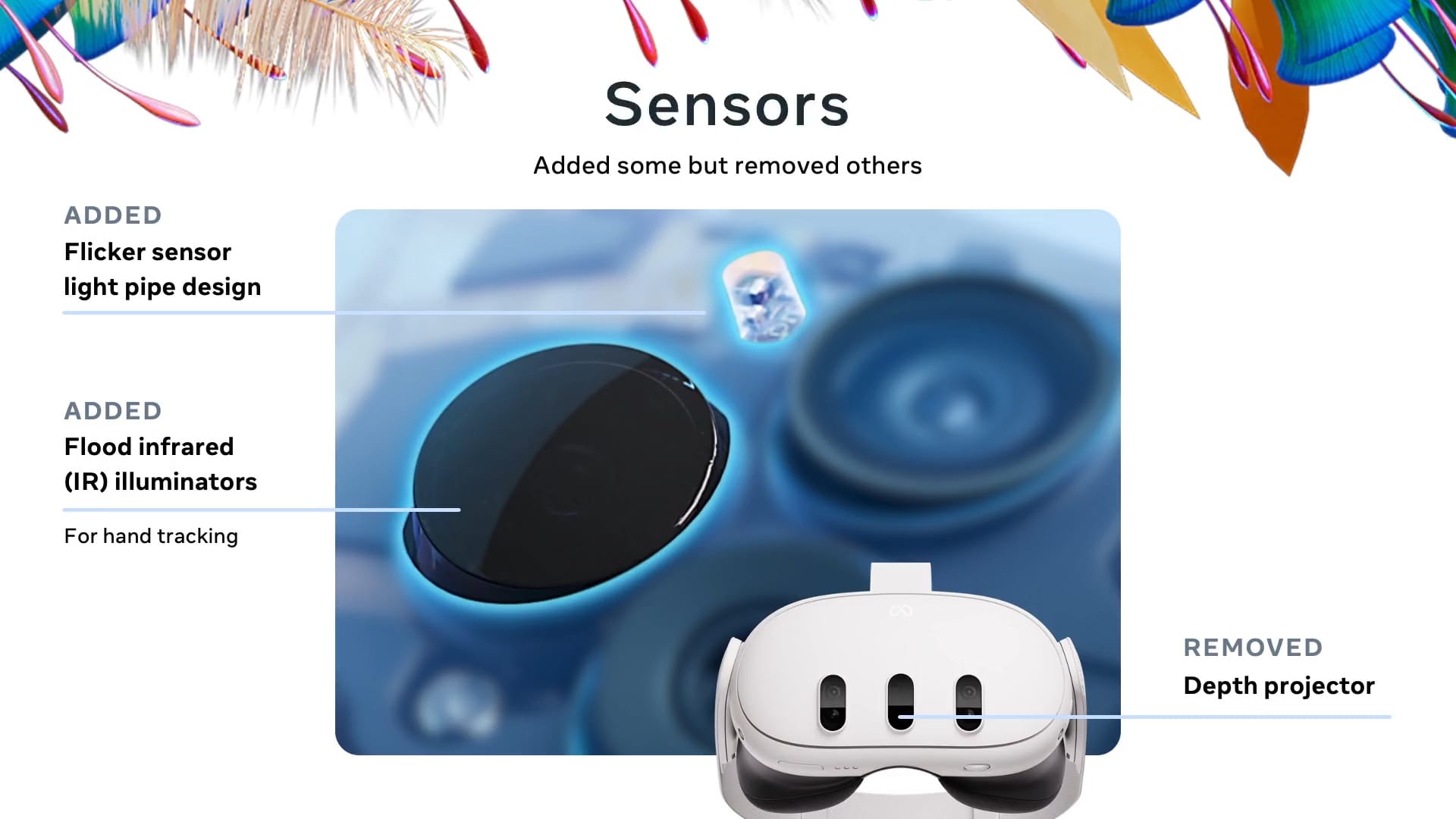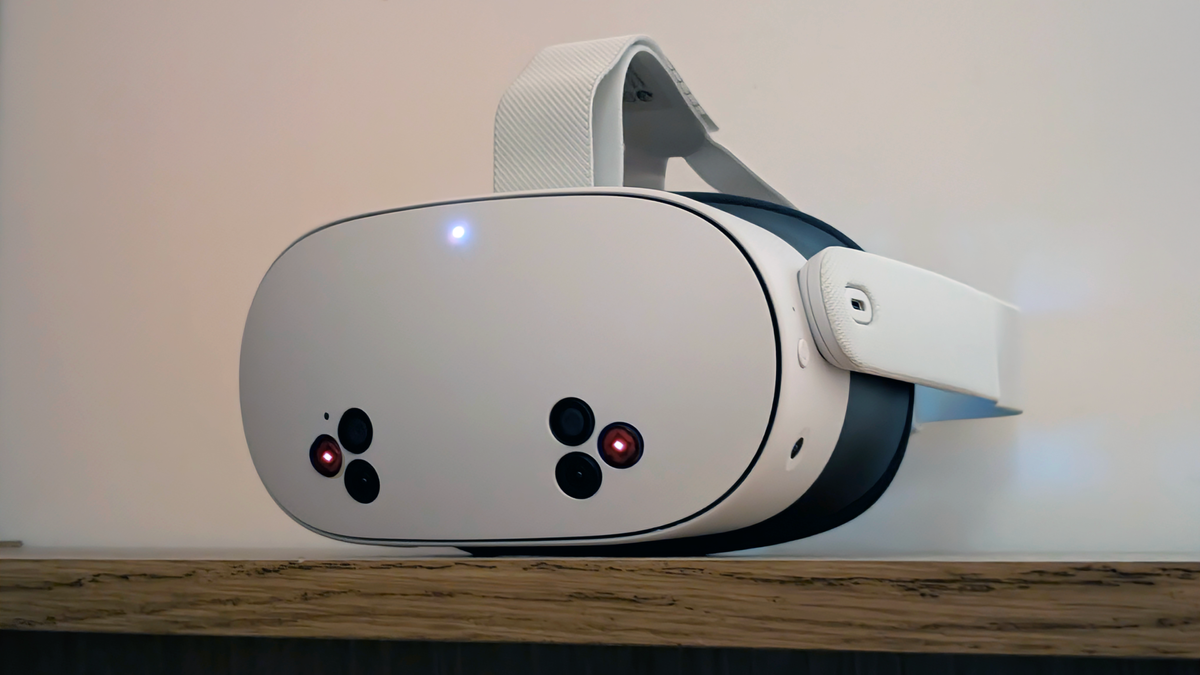UploadVR received our Quest 3S review unit from Meta earlier today, and we’ve been putting it through its paces for a full review.
Why Doesn’t UploadVR Have A Quest 3S Review Yet?
UploadVR had been receiving review units multiple days in advance of launch under embargo from Oculus/Facebook/Meta for 8 years now: both Rift headsets, the Touch controllers, Oculus Go, and every Quest to date – until now.
With Quest 3S, we received the headset at 4pm UK time today, just one day before launch, after the review embargo had already expired. This made it impossible for us to bring you a review alongside the others you may have read today.
We’re still not quite sure why this happened. UploadVR remains, by readership, the leading VR-focused news publication in the world, and much smaller outlets than us received a unit days ago, so our notability and reach shouldn’t be the problem. We’ve also always respected every embargo from every company we interact with, so it can’t be an issue of trust.
We won’t publicly speculate on what the reason for Meta’s decision may be, but we’ve asked the company for an explanation and will bring you it if we receive a response.
Before our full review is ready, we wanted to share a notable difference we’ve noticed so far between the two headsets that wasn’t apparent during controlled hands-on sessions in well-lit environments: while Quest 3S is a cheaper headset with inferior lenses and display, it actually features superior low-light head and hand tracking compared to Quest 3.
I started by testing in total darkness, finding that Quest 3 and Quest 2 were unable to track either my head or hands at all. On both headsets, a message appeared telling me tracking was unable to initialize, offering to disable tracking. The new Quest 3S, on the other hand, continues to track both my head and hands as long as I’m near a wall or other geometry, though with some minor jitter.
Cubism in total darkness on Quest 3S. The background here is passthrough, not VR.
In low light, rather than total darkness, the difference is more subtle but still significant; the hand tracking quality is noticeably superior. The kind of condition people often play in in the evenings. Some people may use their headset in a large room with a small light on in the corner, while others might rely on the moonlight from a window.
In these conditions, hand tracking initializes faster on Quest 3S, handles fast motions better without losing track, and produces false positive frames (your hand, but at the wrong angle or with wrong finger positions) far less often.
Meta Reveals How Quest 3’s Controllers Are Tracked
Meta’s CTO explained how Quest 3’s Touch Plus controllers track, and Beat Saber’s co-founder gave his take.
Because of how it works on Quest 3 and Quest 3S, this also has a subtle effect on controller tracking. Quest 3S uses the exact same Touch Plus controllers as Quest 3, which have a constellation of infrared LEDs under their plastic which pulse in sync with the exposure of the headset’s tracking cameras. This aspect of controller tracking works even in total darkness. But unlike with Quest 2, both Quest 3 and Quest 3S also continuously run hand tracking, and when the infrared LEDs are occluded, they temporarily infer the controller positions from your hand positions. Because of this, in the rare case of being in low light with the IR LEDs occluded, Quest 3S actually has better controller tracking too. But again, that’s a rare case.
The How & Why: IR Illuminators
The reason why Quest 3S has better low-light tracking than all previous Quest headsets, and why its tracking even works in the dark, is the same reason why we knew to test for it: it has infrared illuminators on the front.

There are two IR illuminators on Quest 3S, positioned alongside the passthrough cameras and tracking cameras on the front of the headset. They act as IR floodlights, helping the tracking cameras, which see infrared, get a bright view of your hands and other nearby objects.
You can even see Quest 3S’s infrared illuminators in action with your own eyes, appearing as two red glowing dots.
It’s not a technique Meta invented by any means. Leap Motion (now Ultraleap) has been using IR illuminators for VR hand tracking for ten years now, and Apple Vision Pro has two IR illuminators on the front too.

The more expensive Quest 3 doesn’t have infrared illuminators. It does have an infrared depth projector (sometimes called a structured light scanner), in its center bar. But this only appears to be used during mixed reality scene mesh scanning, to distinguish the shape of spartan room geometry with not much texture. It doesn’t appear to activate in low light – or if it does, it’s clearly not as bright or effective as the simpler IR illuminators in Quest 3S.
But if you own a Quest 3, don’t fret. You can add your own external IR illuminators to your room to improve low-light tracking on Quest 3, Quest 2, or any other headset that uses inside-out computer vision tracking, as some VR enthusiasts have been doing for years now.
2023 footage of Quest 3 depth projector, from reddit user nickburyak.
We’ll have more details about the subtle differences between Quest 3S, Quest 3, and Quest 2 in our full Quest 3S review, including some surprises. As mentioned above, we received our unit a lot later than other outlets, so we’ll need to spend at least a few more days with Quest 3S before we can give you a definitive verdict.

